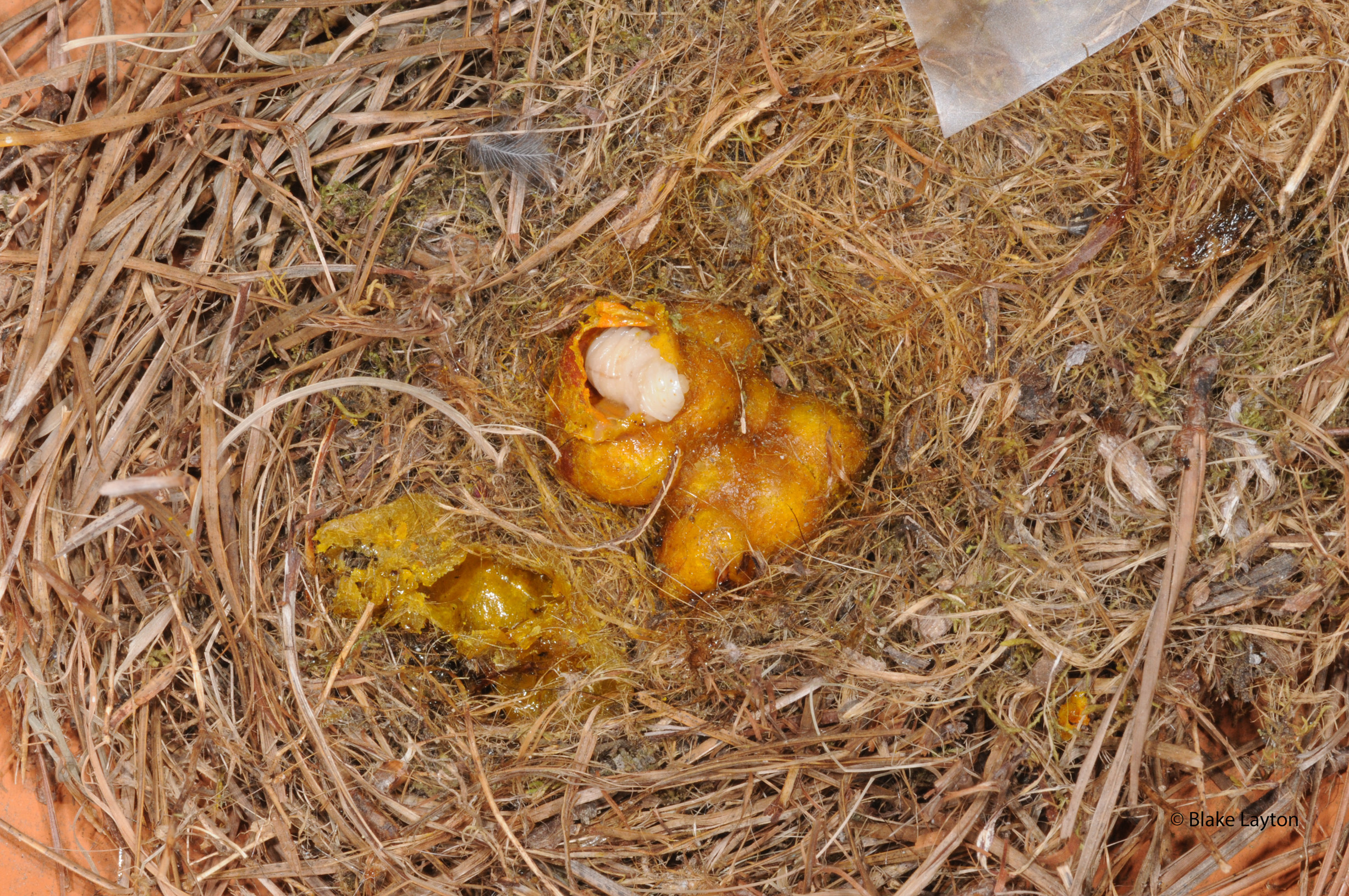Bumble Bee Nest, Vol. 9, No. 07
Related News
September 5, 1997
July 25, 1997
June 23, 1997
May 12, 1997
March 17, 1997

